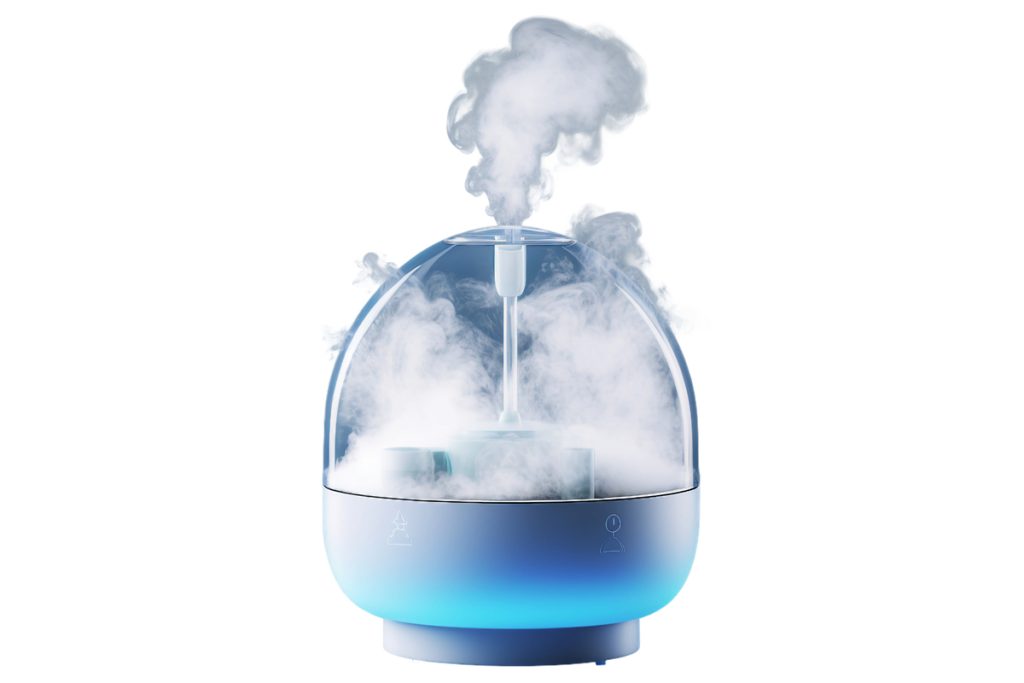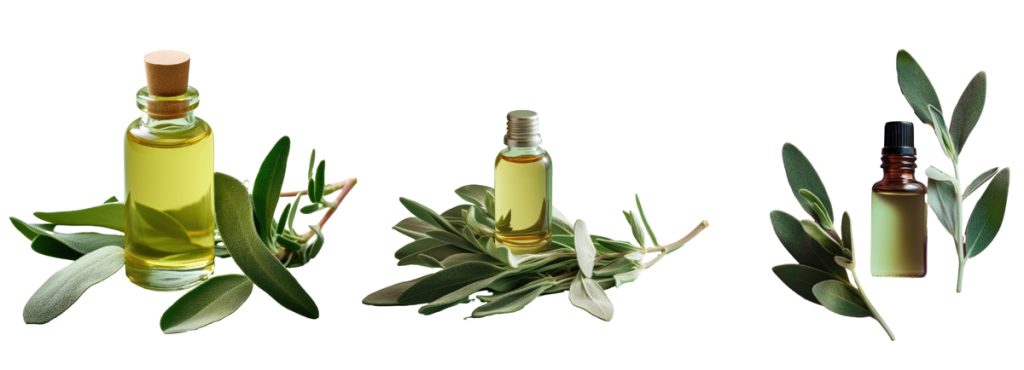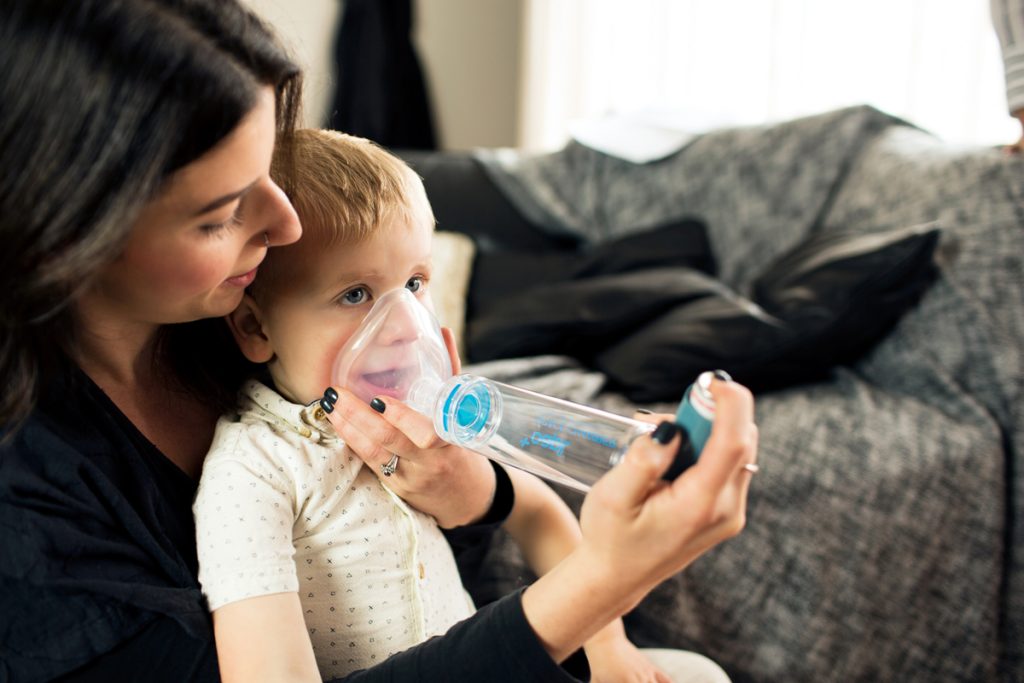Adele Taylor, National Asthma Council Australia Sensitive Choice Program Manager, is ready to bust some common myths for parents and carers.*
MYTH 1
I need to buy a humidifier for my baby’s room
FALSE
Using a humidifier could lead to condensation, mould or dust mite issues.
Humidifiers add moisture to the air, which increases humidity in a room, which in turn is the perfect breeding ground for dust mites and mould – two of the most common triggers for asthma and allergies. To avoid potential asthma or allergy triggers, the National Asthma Council Australia recommends keeping a room to between 40 – 60% humidity.

NB. In some very select instances a humidifier might be necessary, for example, with certain medical conditions. So please consult your health professional for more advice.
MYTH 2
Natural essential oils are safe for my baby
FALSE
All oils, including essential oils, contain potential allergens.
Even naturally occurring essential oils contain ingredients or compounds that are known to cause sensitising events in some people. It’s important to do a small test patch on the skin before using any products including natural essential oils, ideally on yourself first before your child to make sure no reaction occurs. Exposure to any creams, oils should be limited in very young children, ideally with the guidance of a health professional.

MYTH 3
I need to remove any carpet from my baby’s room
FALSE
Believe it or not, it’s often the opposite that is true.
A number of studies across Europe and Asia Pacific have shown that using the right type of carpet in a bedroom can actually reduce potential exposure to asthma and allergy triggers.
A short pile solution dyed nylon with an antimicrobial treatment is an excellent choice for carpets in bedrooms:
- Solution dyed means there is no chance of dye run-off or breaking down into the air.
- A short pile carpet will capture dust, dirt and other items that fall onto the floor which can be easily vacuumed out. On the other hand, a long pile or loop pile will keep a hold of dust and other nasties, even with vacuuming.
- Synthetic fibres such as nylon also won’t break down or shed like woolen carpets can and thus reducing particles floating around in the air that can be a trigger for some people with asthma and allergies.
- Floorboards give dust and other nasties nowhere to hide, so walking on floorboards can stir up any triggers that are on the floor such as dust or pet hairs causing potential asthma or allergic reactions.
- An added anti-microbial treatment within the carpet means if there are any accidents such as spills or baby vomit, they can be cleaned easily and reduce the chance of mould building up under the carpet.

Managing asthma at home
Adele said that a health professional may also recommend reducing a baby’s exposure to allergens that can commonly trigger asthma symptoms. Examples include smoke, pet dander, pollen and dust mites.
Follow these Sensitive Choice tips so that your child can live better with asthma and/or allergies:
- Wash bed linen and cloth toys at least once a week in water that is 55ºC or hotter to kill dust mites.
- Vacuum at least once a week to remove excess dust.
- Put toys in the freezer to help to kill dust mites.
- Prevent cigarette smoke from entering the home or car.
- Use air purifiers with high-efficiency particulate air or HEPA filters to reduce the amount of dander and dust in the home.
- Use an allergy-proof crib mattress cover with a tight weave to prevent dust mites from entering the baby’s mattress.
- Keep pets away from bedrooms and children including their toys and bedding.
*This information is not intended to replace professional medical advice. Any questions regarding a medical diagnosis or treatment should be directed to a doctor.
For more information and tips visit sensitivechoice.com

